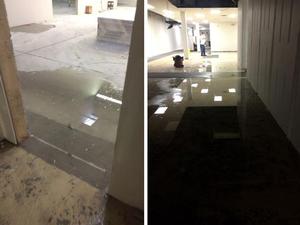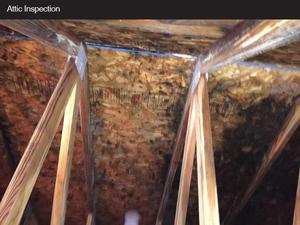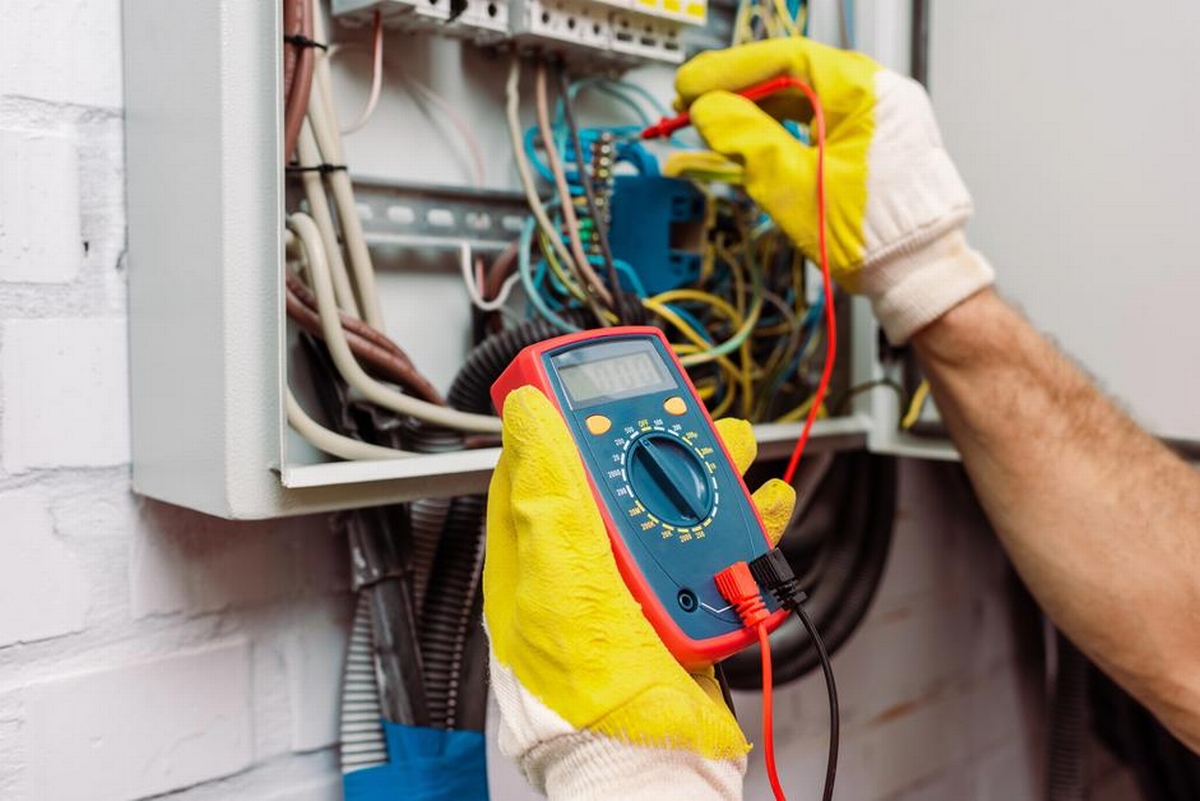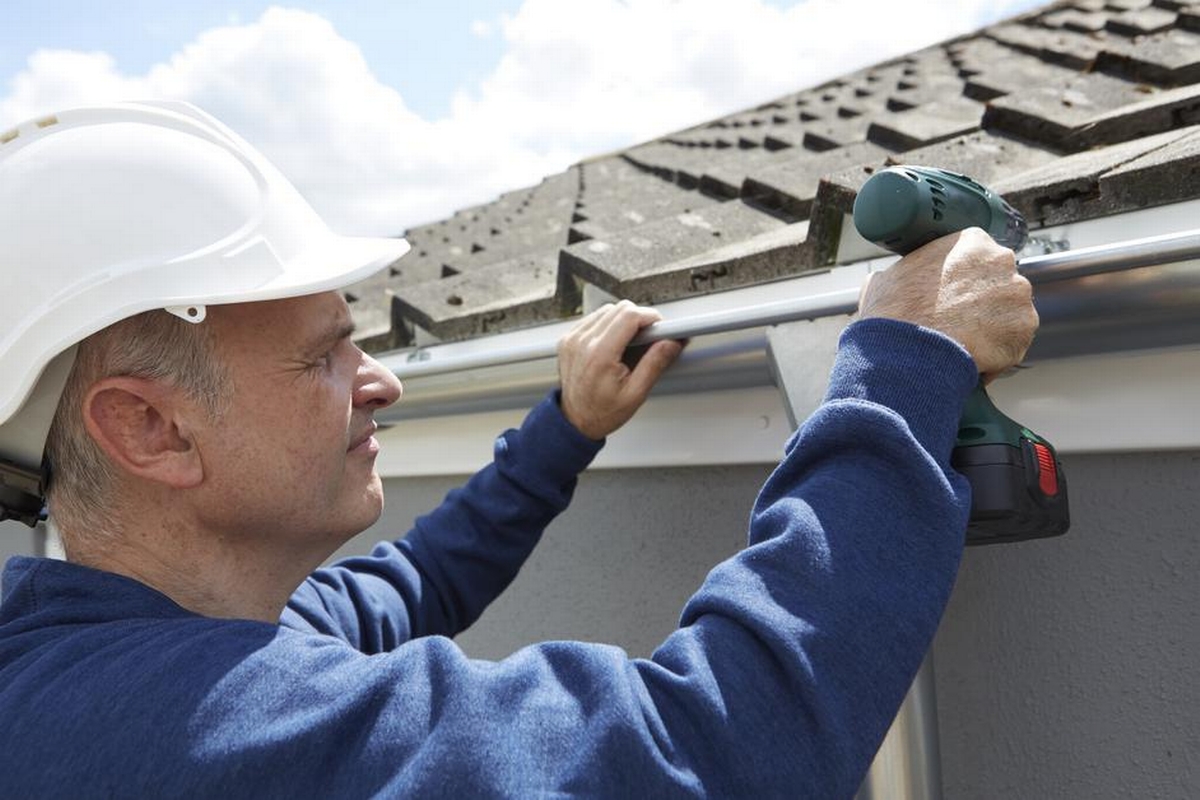Restoration For The Three Different Types Of Water Damage

Did you know that not all water damage is the same? In fact, there are three different classifications of water damage , and each has its own risks associated with it. It is important to know which type of water one you are dealing with if you need water damage restoration in your home in Troy so that you can make sure that the proper removal, sanitizing, and drying are done to restore you from the water and harmful contaminants successfully. Here are the three categories of water
Water Damage Restoration In Troy
Category 1: Clean Water
Category 1 water comes from a clean source, such as a leaky faucet or broken supply line. Water damage restoration from Category 1 water is fairly simple. First, water must be extracted and dried completely. Then, damaged materials can be repaired or replaced. If Category 1 water is not remediated quickly and correctly, it can turn into Category 2 or 3 water.
Category 2: Gray Water
Category 2 water is contaminated water that may contain bacteria and viruses. Common sources of category 2 water include dishwasher overflow, washing machine overflow, and toilet overflow (without feces). This type of water could cause illness by coming in contact with it, and it needs to be handled promptly. Not only is adequate drying needed, but thorough disinfecting must also take place. If left untreated, category 2 water can very quickly degrade to category 3 water.
Category 3: Black Water
As the name implies, category 3 water is grossly contaminated. All contact should be avoided because this type of water can cause serious illness and even death if ingested. Black water can come from flooding streams, canals or rivers, water from the sewer line, water from the toilet bowl with feces, or long-standing water that has begun to grow microbes. This type of water requires professional cleanup with the use of specialized equipment to safely remove contaminants.
If you are unsure which type of water you are dealing with, be sure to call On-Site Specialty Cleaning + Restoration. With the proper training and equipment, our restoration crews specialize in water damage restoration and can determine the water category present, and then proceed with an appropriate plan of action to get your home restored the right way. While you are waiting for us to arrive, here are some steps you can take to keep you and your loved ones safe from contaminated water:
- Keep children and pets away from the affected area
- Contact your insurance company and let them know a restoration team is on their way. Take pictures of the damage as proof for your insurance adjuster.
- Stop the further spread of contamination by keeping the area contained as best as possible.
- Be sure to use personal protective equipment such as facemasks, rubber gloves and boots, and impervious coveralls if you have to go into the area.
- Turn off all electrical power to your home in the affected area.
- Turn off the water supply and any running water in the home or area.
- DO NOT use the HVAC unit to ventilate the area because that can spread microbes through the air. If possible, open windows in the affected area to get airflow.
- Remove any dry, uncontaminated items from the area.
Dealing with any water damage is stressful, especially when it is contaminated water. Our water damage restoration team at On-Site Specialty Cleaning + Restoration knows how big of a task restoration is, and that is why we have trained and experienced crews who are ready to respond to your water damage emergency as soon as possible. We have the equipment necessary to safely restore your home following water damage, no matter what category it is. Keep you and your family safe from potential harm and contamination, and let the water damage restoration experts at On-Site handle all your water damage needs.



